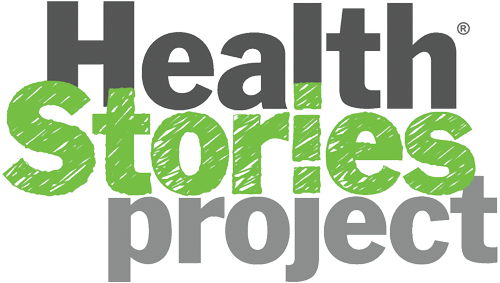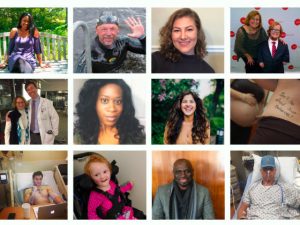Imagine never feeling safe. Simply closing your eyes can cause you to relive the worst moments of your life in vivid detail.
This is how some people have described living with Post Traumatic Stress Disorder (PTSD).
According to U.S. Department of Federal Affairs, approximately 8% of all adults (that’s 1 in 13 people) develop PTSD during their lifetimes. Some of the most well-known causes of PTSD include combat exposure, childhood neglect, physical abuse, sexual assault, and physical assault. But it doesn’t end there. PTSD can also occur as a result of many other traumatic events including fires, natural disasters, car accidents, plane crashes, kidnapping, terrorist attacks, and other life-threatening events.
Luckily, there are many resources available for those who have experienced a traumatic event at some point in their lives.
[tweet_box design=”default”]4 Resources for Post-Traumatic Stress Disorder #PTSD[/tweet_box]
Here are four reading recommendations for people who are interested in learning more about PTSD and different methods for coping with trauma.
The Body Keeps the Score: Brain, Mind, and Body in the Healing of Trauma By Bessel Van der Kolk, MD
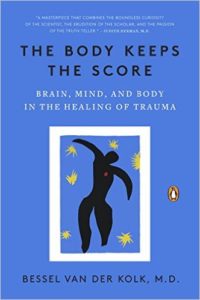


The author, Bessel Van der Kolk, has over 30 years of experience working with trauma survivors. He has seen firsthand the impact trauma has on them. In this book, Van der Kolk explores how traumatic stress rearranges the “wiring” of the human brain. This “rewiring” has an impact on engagement, pleasure, trust, and control. Throughout the book, Van der Kolk explores different forms of treatment and argues that trauma survivors can turn their trauma into a bad memory by integrating it, rather than reliving it, as a form of healing. He uses examples of neurofeedback, yoga, dance, body awareness, and theatre as alternatives to drugs and talk therapy.
The book is divided into two sections. Part one explains what trauma is, how it originates, and how it affects a person’s body, mind, and spirit. It also covers the history of how trauma and PTSD have been viewed, understood, and diagnosed. Part two compares historical PTSD treatment methods with how it is treated today.
Healing Trauma: A Pioneering Program for Restoring the Wisdom of Your Body By Peter A. Levine, PhD
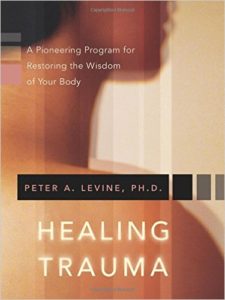


The author, Peter Levine, has over 45 years of experience with trauma research. Through his studies, he has found that all animals (including humans) are born with a natural ability to rebound from traumatic situations. Levine explains how trauma survivors can recognize and address distressing situations through developing body awareness. He also explains how to heal traumas by revisiting them rather than reliving them, to allow the body to return to a natural, trauma-free state of being.
The enhanced version of the book includes 12 guided Somatic Experiencing exercises to engage the body’s built-in healing process. The exercises aim to help listeners actively overcome the trauma and stress they experience in their daily lives.
The PTSD Workbook: Simple, Effective Techniques for Overcoming Traumatic Stress Symptoms By Mary Beth Williams, PhD LCSW CTS and Soili Poijula, PhD
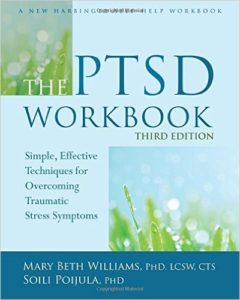


The authors, Mary Beth Williams and Soli Poijula have extensive experience in trauma recovery and post-trauma psychotherapy. Throughout the book, the authors explain the different causes of trauma and different ways it causes survivors to relive their experiences through flashbacks, memories, nightmares, insomnia, anxiety, and frightening thoughts. The book aims to help readers learn how to move past the trauma they have experienced and empowers them to take the necessary steps to return to normalcy after experiencing a traumatic event.
Getting Past Your Past: Take Control of Your Life with Self-Help Techniques from EMDR Therapy By Francine Shapiro, PhD
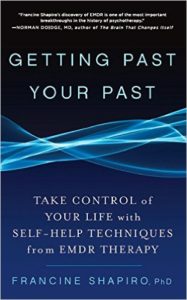


Author Francine Shapiro developed the EMDR technique in 1987. She explains the different causes of PTSD and universal symptoms experienced by trauma survivors including anxiety, fear, intrusive thoughts, violent dreams, and guilt. The book emphasizes the importance of finding a safe, calm place to be able to begin searching for the source of their PTSD. Shapiro also describes various techniques for converting negative thoughts into positive actions and how to use self-help techniques in distressing situations.
At the conclusion of the book, the author provides an appendix of resources for “Choosing a Clinician,” which allows readers who are interested in trying EMDR therapy to learn more and discover who to contact. The appendix also provides additional information on EMDR assistance programs.
